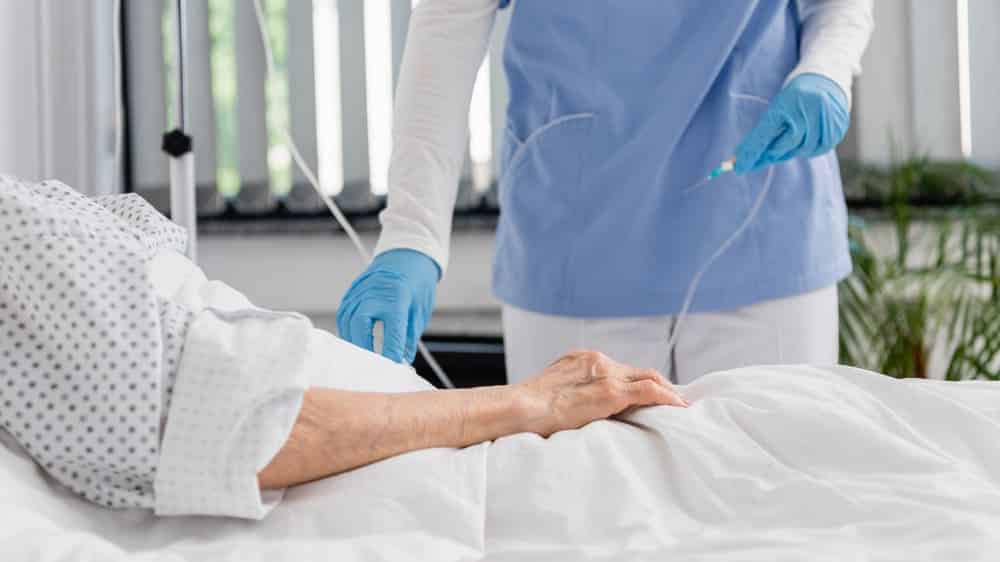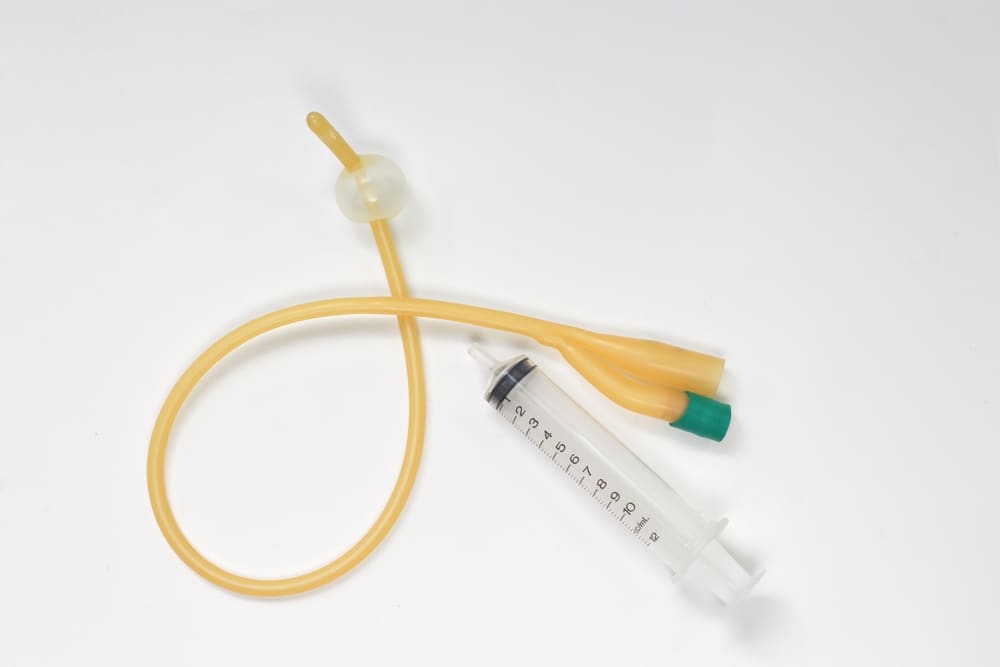Catheter Securement Device: Eliminate The Risk Of A Sudden Pull

Use of a foley catheter for some patients can be a rather uncomfortable experience, and there are times when it can turn traumatic. Medical studies have shown that between 11% and 17% of all catheters are unintentionally removed, with 5% of all urological catheters being traumatically and suddenly pulled out.
Pulling on and removing a catheter is not only painful, but if the balloon is inflated, it can lead to severe damage to the bladder or the urethra, increase the likelihood of catheter-associated urinary tract infections (CAUTIs), and extend a hospital stay. To eliminate the risk of an accidental or intentional catheter removal, there are a number of actions you can take.
Reducing The Risk
Identify At Risk Patients
Some patients will be unbothered by their catheter, yet there are some that will be at a greater risk of accidental or intentional catheter removal. These include:
- Patients with delirium or dementia. This is particularly common in aged care settings
- Patients with agitation caused by brain injury, medication, or another illness
- Patients admitted with an unclear level of mental confusion
- Patients waking from anaesthesia
- Transfer patients whose catheter may have become caught and accidentally pulled
- Patients with a history of pulling at their catheters.
In general, patients with dementia or those recovering from a brain injury are at the highest risk.
Ensure Catheter Is Correctly Positioned
An incorrectly positioned catheter is no fun for your patient, and if they’re agitated enough, they may begin to pull on the tubing. Keeping an eye out for a malpositioned catheter will help reduce the risk of a sudden pull. Some things to look out for include:
- Minimal to no urine output
- Problems when flushed, e.g. fluid can be injected but not aspirated, or leaks around the catheter
- High bladder residuals on bladder scan
- Stomach cramps
Use A Catheter Securement Device
A catheter securement device is one of the simplest ways to minimise the risk of a sudden pull. Ordinarily, an adhesive patch is enough to minimise pulls and provide comfort to the patient. These patches make use of locking systems that securely anchor the catheter in place, reducing the risk of urethral erosion, bladder spasms, and trauma.
Another style of catheter securement device is a catheter holder leg band, which may be better suited to patients that experience skin irritation.

Consider Decoy Catheters
Although not often practised, decoy catheters can be utilised by healthcare workers for patients that may be at risk, without waiting for a physician’s orders. The decoy catheter can be taped to the upper thigh and secured to prevent easy removal, and can assist in keeping confused patients occupied. This method is both simple and effective, and by using multiple decoy catheters and catheter securement devices, even the most determined patients are protected.
Use additional security measures
While it may not be ideal in every situation, applying additional security measures to problematic patients will also assist in reducing sudden pulls. Restraints, mitts and sedation are options, as is monitoring by a sitter for very high-risk patients. Coverings such as mesh underwear with padding can also add a layer of security.
Why Catheter Securement Devices Are Ideal
A securement device is never a bad idea when it comes to a range of medical applications, as lack of such a device can lead to pain and damage to the urethera along with a heightened risk of infection for the patient. Backflow is also an issue that can be solved with an appropriate device.
At Midmed, we stock a range of securement devices for catheters and other medical equipment. Lightweight and allowing for better patient movement, they are gentle on the skin and when properly utilised should not cause discomfort or injury.
Talk to us today about how we can help you provide safe and comfortable solutions for your patients.

